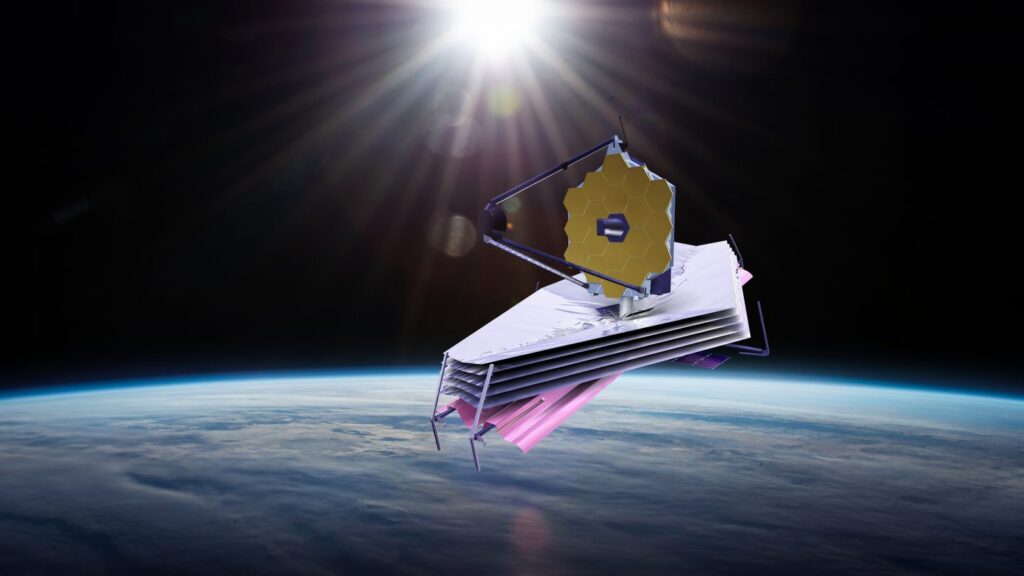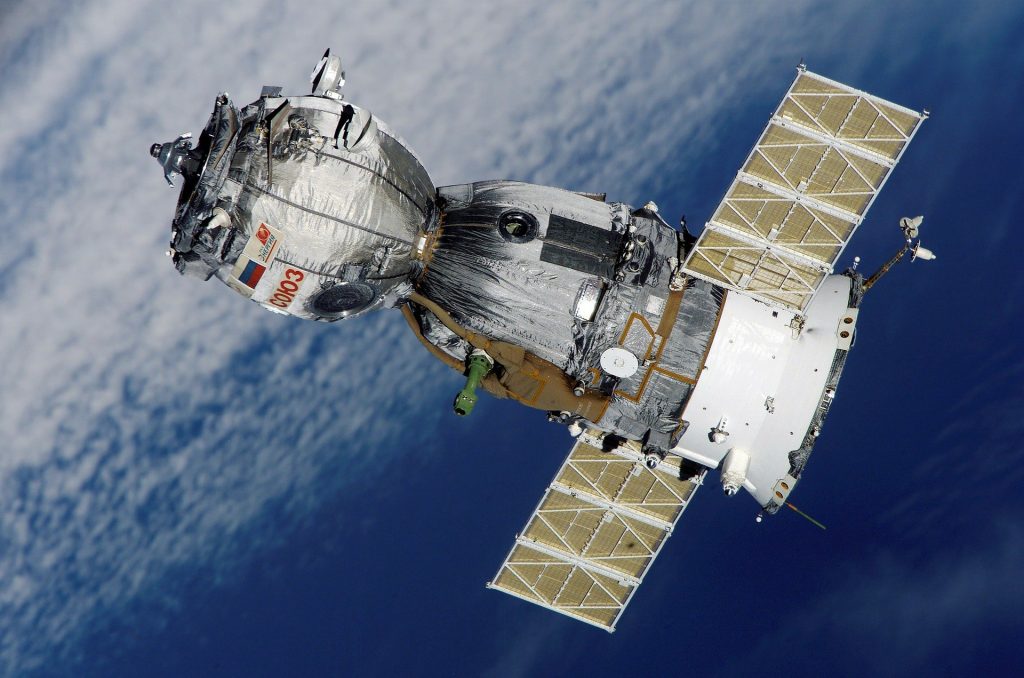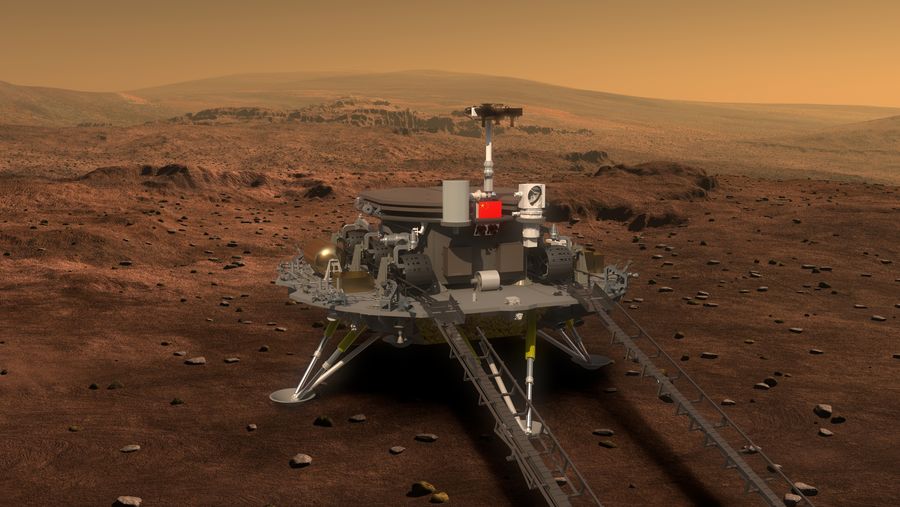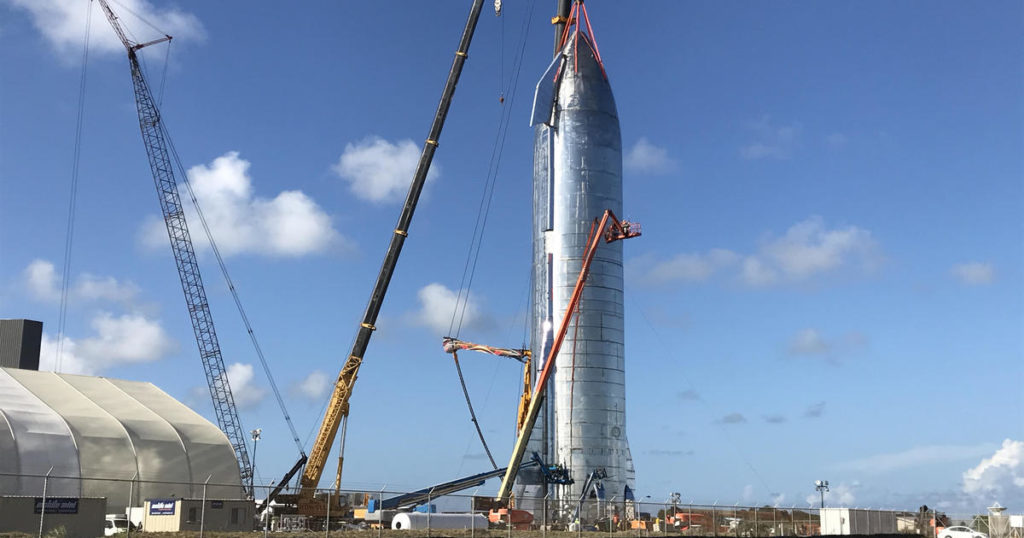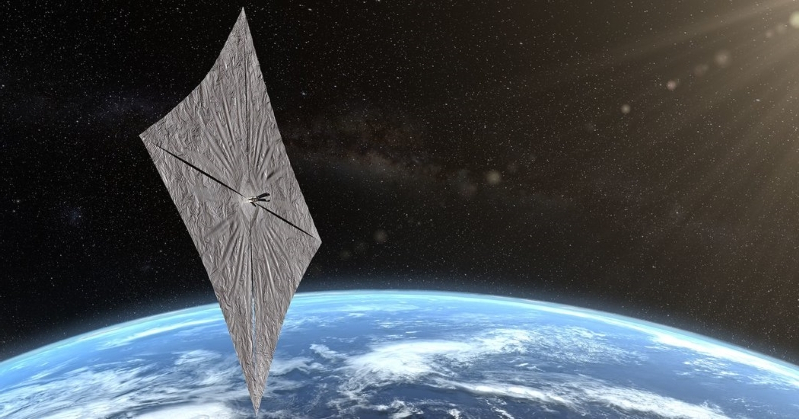ISRO Looking To Build A Design For New Reusable Rocket For Global Market.
As we know that the expense of reaching into space is a major hindrance in space exploration and other space-related applications. So, a reusable rocket launched by ISRO would prove a great unanimous solution to attain low-cost, trustworthy, and on-demand space access.
India is allegedly forethinking about designing and building a brand-new reusable rocket for the global market, S Somanath, Division of Area Secretary and Indian Area Analysis Organisation in ISRO, announced through the Bangaluru Area Expo (BSX) 2022 on 5 September, Monday. The proximate launch automobile from the Indian Space Research Organisation (ISRO) afterward the GSLV Mk III launch could be a reusable one and it is predictable that it will cut back on the expense of launching satellites. The area firm will allegedly work with the area businesses, startups, and New Space India Restricted for the development of the said reusable rocket.
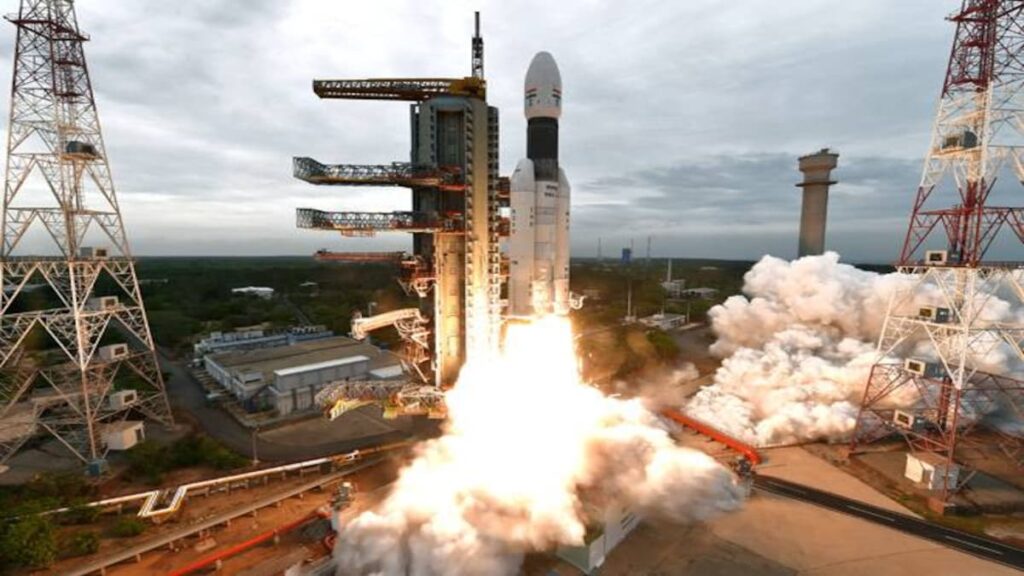
During the seventh edition of Bengaluru Space Expo 2022 to support and encourage private space agencies, the chairman of the Indian research Space Organisation, S Somanath, declared his plans to design and develop a new reusable rocket according to a report by Press Trust of India (PTI), India’s primary news agency having reach as vast as Railways.
“…all of us want launches to be much cheaper than what we do today,”.
“So, the idea is the next rocket that we are going to build after GSLV Mk III should be a reusable rocket,” Somnath said.
“This is the idea and we are working on that idea. That idea cannot be ISRO’s alone. It has to be an industry’s idea. So, we will have to work with them in designing a new rocket, not only designing it, engineering it, manufacturing it and launching it as a commercial product and operating it in a commercial manner,” he added.
Source: economictimes.indiatimes.com
Currently, it costs ISRO about 10,000 USD which is approximately 7,97,800 INR, and 15,000 USD which is about 11,96,800 INR to position a one-kilogram payload into orbit. Somanath apparently said that they can cut it down to up to 5,000 USD (about 3,98,000 INR) and 1,000 USD (about 79,700 INR) per kg and that the one procedure to take action may be to construct the rocket reusable. He also specified that currently, the nation does not possess reusable expertise in the launch autos division.
Indian Space Research Organization has been involved in several different applied sciences together with the Inflatable Aerodynamic Decelerator, in order to have a retro-propulsion to land the rocket back on earth, he confirmed adding that by integrating these latest applied sciences, the area firm wants to be a member of palms with industry, startups and its commercial arm NSIL (New Space India Limited) to develop a latest reusable rocket.
“We would like to see such a rocket, a rocket which will be competitive-enough, a rocket that will be cost-conscious, production-friendly which will be built in India but operated globally for the services of the space sector. This should happen in the next few years so that we can retire all those operating launch vehicles (in India) at appropriate time,” he said.
“So, it’s a big shift from what we do today,” he pointed out. “I would like to see this (proposal) taking shape in the next few months.”
Source: www.thehindu.com
ISRO will be working on the Reusable launch vehicle technology demonstration program, also known as the RLVTD series of technology demonstration missions which will reportedly be the first step towards the building of a fully reusable vehicle. A winged Reusable launch rocket is confirmed to act as a flying test bed to evaluate several technologies.

I am a student pursuing my bachelor’s in information technology. I have a interest in writing so, I am working a freelance content writer because I enjoy writing. I also write poetries. I believe in the quote by anne frank “paper has more patience than person
